You are here :
Home Gardening with Young Children
|
Last Updated:: 06/08/2018
Gardening with Young Children
Is there anything more appealing to young children than digging in the dirt and playing with water?
Probably not. This appeal makes them a natural for gardening activities. About this time of year my own fingers begin to twitch as my mind contemplates the feel of the soft warm earth and visualizes the vegetables and flowers that will soon be rising out of the ground. So, if you’re at all like me, you will take advantage of the mutual enjoyment that comes naturally to both your children and yourself and engage them in a joint spring gardening project.
Space and Equipment Needs
You don’t have to have a large outdoor area and good soil to have a garden project. Gardening with young children can take place in a small apartment or in the outdoors—or both.
Indoor gardening
The one essential indoor need is a window that lets in a good bit of sun. This is part of the learning that comes with gardening: living things need light and sun in order to grow. A brightly lit window shelf on which you can set a tray of styrofoam cups serves as a good substitute for a greenhouse or cold frame.
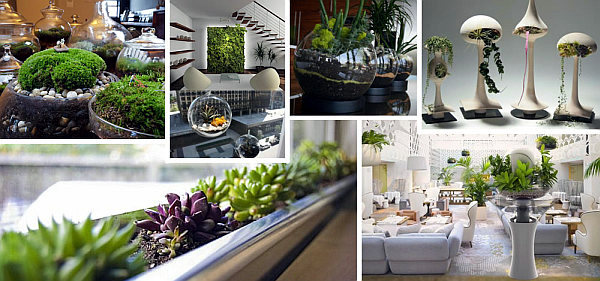
A couple of aluminum foil muffin pans will provide a nice base for the cups. Put a big piece of newspaper under the cups and let the child fill each one about 2/3 full of good potting soil. With the newspaper there, you shouldn’t have to worry too much about the mess made by the potting soil that doesn’t quite find its way into the cups. Make certain you don’t scold so much about spilled dirt that you take all the joy out of the activity. Then give your child a small watering can—a small plastic one of his or her own is a nice touch—and show him or her how to pour a small amount of water slowly into the cups so that whatever is growing there won’t be drowned.
Outdoor gardening
A small outdoor area that can be dedicated to the child’s planting is a nice but not essential component of a gardening project. You don’t want the area to be very big, as young children can discover what you already know—gardening can be hard work. But a small section of a garden bed—say 2 feet by 3 feet—that can be reserved for the child’s plants is a special incentive and reward.
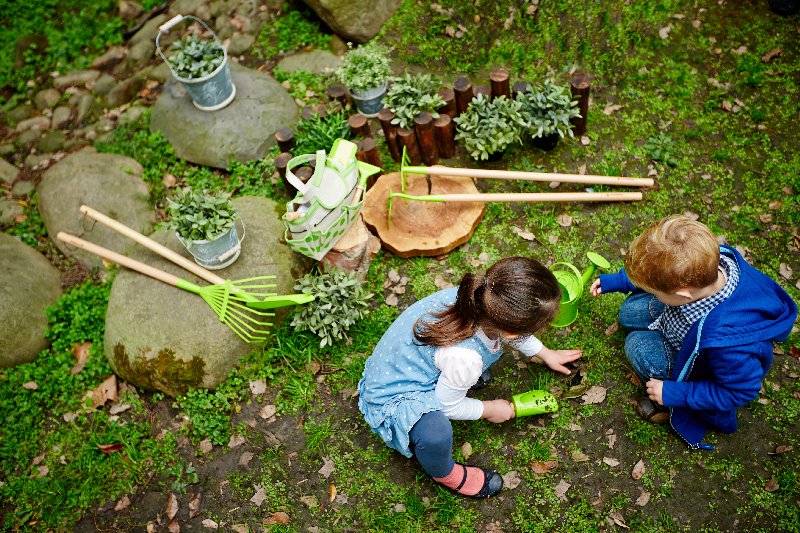
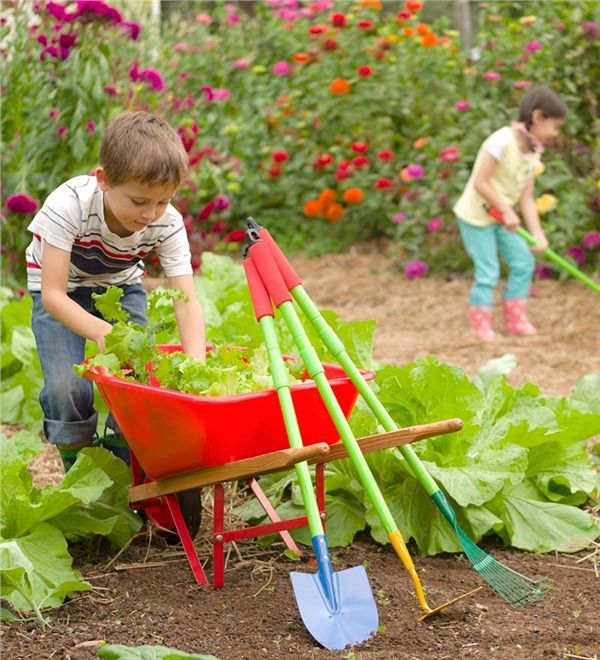
Visitors can be informed that this is the child’s garden and forgive you if it doesn’t look like something out of Better Homes and Gardens. And continuing to water and weed gives your child a wonderful lesson in responsibility (and the consequences of failing to assume it). If you have the luxury of some outdoor space for a designated child’s garden, you can include transplanting in the activities you arrange.
Tools
For indoor gardening you don’t need anything other than an old tablespoon or scoop that can be used for filling the planting cups. For outdoor gardening, invest in some real tools; they cost more, but they’re worth it.
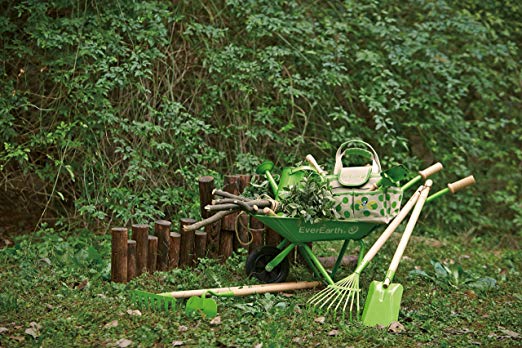

A child cannot do “real” gardening with plastic garden tools. Many years ago I bought from a hardware store a set of miniature gardening tools—a shovel, a rake, and a little hoe—for my children. Now, many years later and with the children for whom they were bought grown and gone, I am still using those tools in my own gardening. They were a good investment.
What Do You Plant?
Obviously, very simple things and fast-growing seeds are best. Lettuce comes up in about 3 weeks and makes a showy small plant. Furthermore, you can actually make a child-size salad out of the plants that grow in the cups.
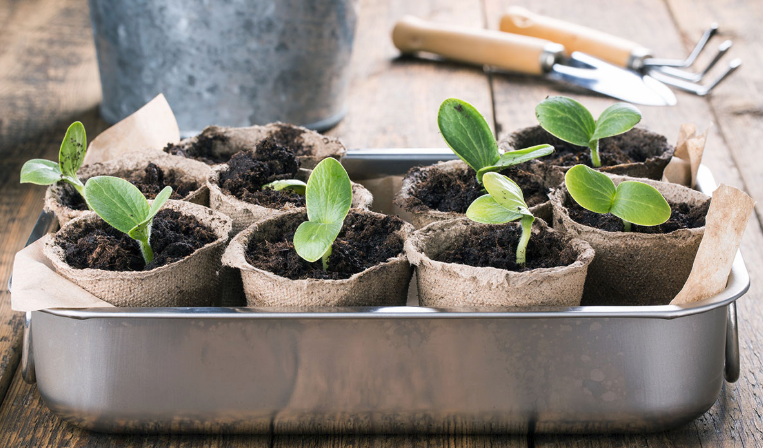
For Christmas, someone gave me an ornament made out of some kind of compressed material with lettuce seeds embedded in it. I laid it in a flat dish of potting soil, sprinkled about ¼ of an inch of soil on top of it, and gave it a place of honor in a kitchen window. Seeing the lettuce shoots produce will be as exciting as watching the flowers beginning to bloom outdoors. Incidentally, don’t forget flowers in your gardening projects with young children. Two of the most obliging varieties are impatiens and alyssum, both of which come in multiple colors. They sprout very quickly (before the child loses interest) and will actually bloom in the cups, and both can be transplanted outside—with a little help. As for the watering, try to strike a balance between inundation and drought! But let your children do the pouring indoors and the hose manipulation outdoors. Playing with the water is at least half the fun!